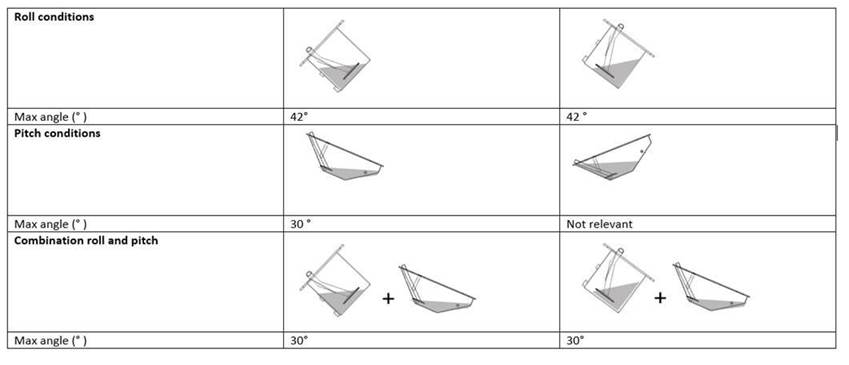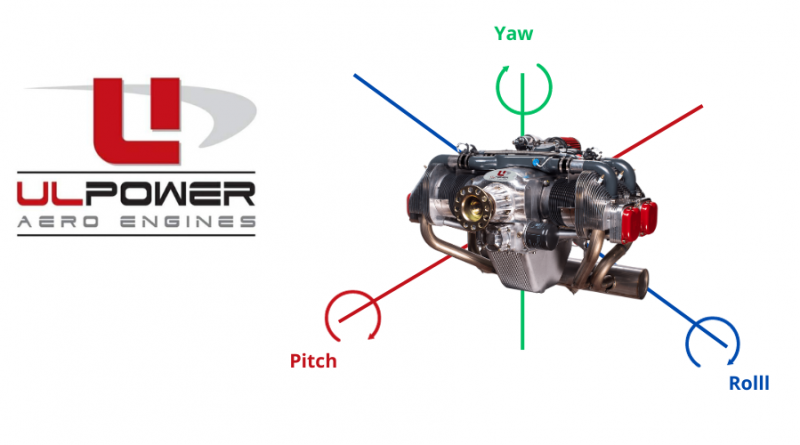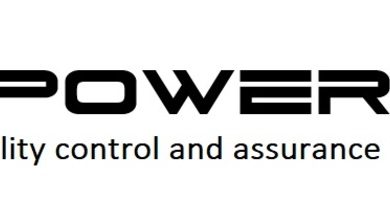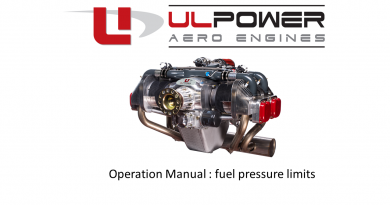Navigating the skies: Understanding bank angle deviation in ULPower Aero Engines
If you have perused the ULPower manuals, you, along with many other ULPower owners, might have encountered information regarding the deviation from bank angle in the operation manual. Does this imply that performing steep turns of 45°, as mandated in many flight trainings, is prohibited? We reached out to the technical experts at HQ to shed light on this matter.
Roll & pitch motion
Let’s begin with the basics, which you are likely already familiar with: The bank angle of an aircraft refers to the angle at which the aircraft’s wings are tilted relative to the horizon. It is a crucial parameter in flight control and navigation. The bank angle is primarily controlled by the ailerons, allowing the pilot to initiate turns and alter the direction of flight (roll motion). Climbing or descending also affects the bank angle (pitch motion). Pilots are trained to maintain specific bank angles during different phases of flight to ensure safety and efficiency. Excessive or improper bank angles can lead to stalls, spins, or other hazardous situations.

In a stable climb or descent of X degrees (linear and non-parabolic), the deviation of bank angle (DBA) equals the angle (X) of the aircraft to the ground. In a controlled turn (1G) of X degrees, the deviation of bank angle will also be 0°. You can even perform a loop with ANY engine, provided you maintain it at 1G all the way around, as the engine, fuel, and oil would not be aware that it was upside down due to centripetal/centrifugal forces. In this case, the DBA would also be 0°.
However, if we execute a turn and then SLIP or SKID the plane, the oil would move in the engine to a position that represents its static displacement of x degrees. The maximum angle in which the engine would still be provided with oil was determined during static tests in compliance with ASTM F2339-19a 6.8.1. These tests require that the oil sump is only filled with half of the maximum quantity of oil.
In the drawing below, you can observe that while climbing/descending (pitch conditions), the max angle is 30°. When turning, the max angle is 42° (roll conditions).

Oil Sump Tests and ASTM F2339-19a Compliance
As mentioned earlier, these tests were conducted with only half of the maximum oil quantity. When topping up to the minimum oil quantity mentioned in the Operational Manual, the maximum permissible angle in pitch conditions increases to 35°. To keep the manuals clear and concise, the ULPower Tech team decided to mention the same number as the max deviation of bank angle with guaranteed oil pickup in all normal operation conditions (combined pitch and roll). However, considering the above explanation, we can conclude that it is allowed to perform a 45° turn (roll condition only) provided the minimum oil level is available.
For those interested in STOL competitions or engaging in aerobatics, you can consider opting for a swiveling oil pickup tube option or an inverted oil system. Click here for more info.



